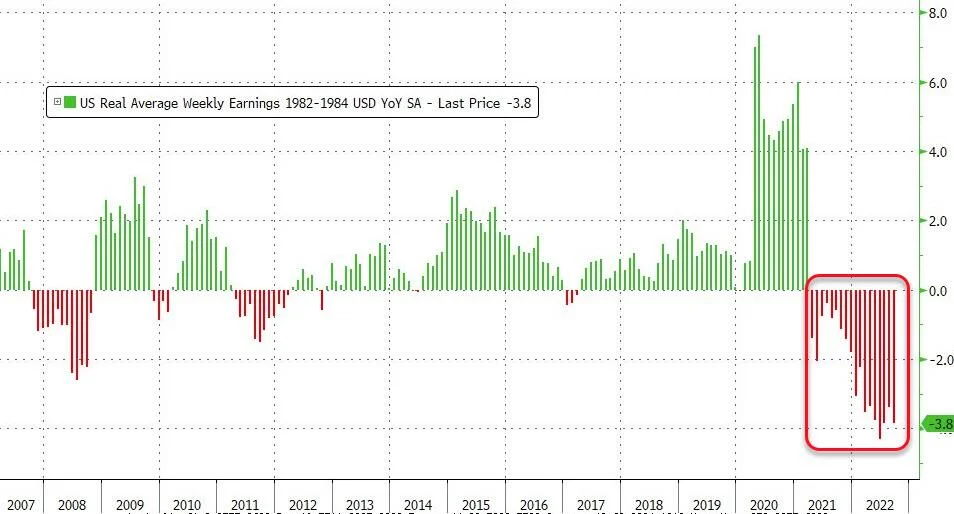this post was submitted on 13 Oct 2022
16 points (100.0% liked)
United States | News & Politics
7178 readers
491 users here now
founded 4 years ago
MODERATORS
you are viewing a single comment's thread
view the rest of the comments
view the rest of the comments

They're the ones buying up all the assets when the rest of the population becomes insolvent.
Yes but are they included? If the top .1% become richer, does the graph go up?
Oh I see, I would imagine they're not since the top .1% aren't making money from wage labour. These people make profit from their capital. They're the actual capitalists in the country.
But the USA's expert pay is also completely disproportionate. Meaning the 1%/.1% of wage earners earn very high wages that doesn't exist in the same sphere as the average person's wage.
The gulf between high paid wage labourers and the truly rich is astronomical. A highly paid professional is far closer to a homeless person in terms of wealth than to the 0.1% that owns the country. Here's a good breakdown https://economics.princeton.edu/working-papers/top-wealth-in-america-new-estimates-and-implications-for-taxing-the-rich/
Yes I understand, but the difference between a 15K/yr wage (USA mode wage) and a 300M/yr wage (Highest wage I found quickly, Sundar Pichai) is still big enough to impact statistics.
Sure, but in the end we end up looking at the median wage, and that's going down when considered in the context of purchasing power.